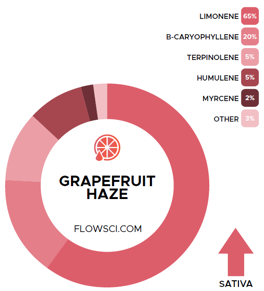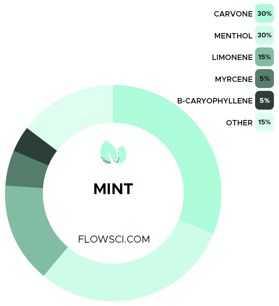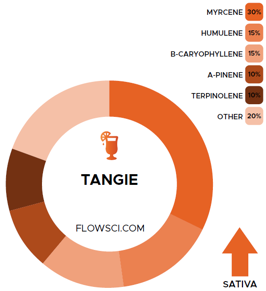Terpenes and terpenoids have been important to many facets of human life and culture for millenia.

A study published in New Phytologist titled ‘Why do plants produce so many terpenoid compounds?’ explores the relationships among terpenes in plants that produce hundreds of them. Pickersky and Raguso (2016) described the process by which ‘all plants synthesize a suite of several hundred terpenoid compounds’. As terpenoids are one of the earliest plant compounds to be investigated in detail some of the most ancient sources were fossilized tree resin and eventually rubber which began the commercialization of terpenes into consumer-packaged goods and other foods and beverages.

I purchased a 68-year-old bottle of original Vicks Va-Tro-Nol from an antique store I visited. The main active ingredients are three terpenes; Menthol Eucalyptol, and Camphor.
Those three are also native to some plant varieties and an ingredient used in our products. The 1953 packaging boasts 159 million packages used yearly.
We have a long history with terpenes, its unbeknownst to us for the most part. The amount of unique terpenes produced in nature is staggering, they are the largest class of compounds produced in plants, and often the largest class of specialized compounds that each plant species produces (Pickersky & Raguso, 2016). Nature gives us terpenes, over history and through scientific discovery we have refined these volatiles to be used in products consumers love.
Media:
Article link – https://nph.onlinelibrary.wiley.com/doi/10.1111/nph.14178







Comments